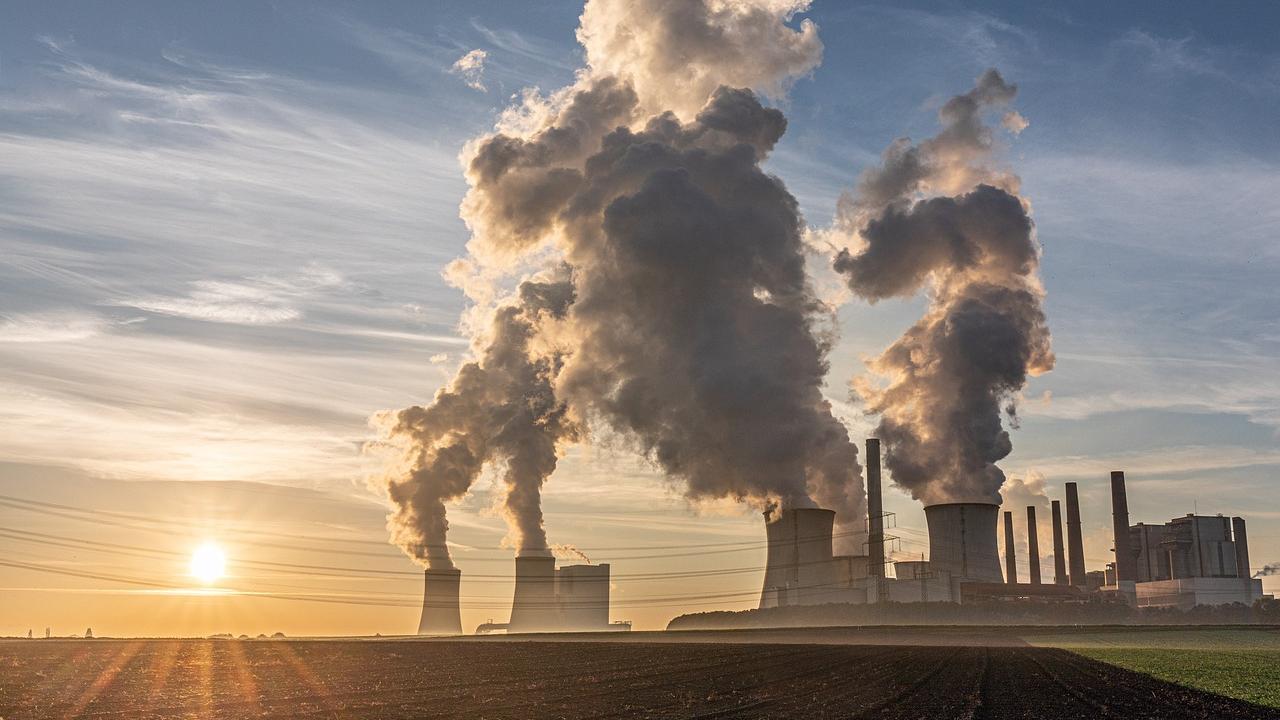
Since the industrial revolution, carbon dioxide emissions have increased by 50%, mostly due to human activity. As society reckons with the fallout from this atmospheric chemical change — a warming globe, unpredictable weather and increasing ocean acidity, among other effects — University of California researchers are seeking solutions to not only mitigate emissions but to harness carbon dioxide waste.
The UC Center for Direct Conversion of Captured CO2 into Fuels and Chemicals is a multi-campus center dedicated to this goal. Directed by Professor of Chemistry Louise Berben, the center unites fundamental chemistry, chemical engineering, and reactor design and prototyping to make efficient renewable energies a reality.
“Technologies that capture CO₂. use heat to release CO₂ and recycle the capture agent in an energy-intensive step,” Berben said “We’re currently exploring alternative, lower-energy approaches for direct conversion of CO₂ , which is known as Reactive Capture of CO₂ (RCC).”
In a report in American Chemical Society Energy Letters, Berben, graduate student Rachel Siegel and undergraduate student Marcos Aceves describe an electrochemical technique that eliminates that energy-intensive CO₂ release step from the conversion process. The team successfully used their abridged technique to produce formate — a high-volume commodity chemical.
“The current synthesis route for formate involves a lot of energy and waste; so a new route could replace this,” said Berben and Siegel, noting that in a renewable energy economy, formate could be used as a hydrogen storage material.
Improving the reactive capture of CO₂ process
The new electrochemical technique hinges on the use of an electrocatalyst called [Fe4N(CO)12]- (1-). The team used the electrocatalyst in the industrial capture sorbent monoethanolamine (MEA). A sorbent is a material used to capture CO₂.
“In the sorbent solution, CO₂ reacts with MEA and with water to form bicarbonate or carbonic acid, which is dissolved in the solution and available as CO₂,” Berben and Siegel said. “In this work, the reaction of the catalyst is with the CO₂ dissolved in the solution. As that CO₂ is removed from the solution, more CO₂ is released from the bound state to become dissolved CO₂.”
Through the electrochemical reaction, the team produced formate with 89% faradaic efficiency. Faradaic efficiency refers to the percentage of added electrons that successfully reduced CO₂ into formate.
“This is a particularly exciting result for us as a majority of the RCC literature currently published have low faradaic efficiencies due to a competing reaction that produces hydrogen gas,” Berben and Siegel said.
The research is a progression towards improving the efficiency of the RCC process. The work demonstrates that the team’s catalyst is stable and remains selective for formate formation.
“Before it can be implemented on an industrial scale, a greater understanding of how the RCC system works is needed as well as the development of co-designed sorbents and catalyst combinations that are stable, cyclable and efficient at both capturing CO₂ and transforming it,” Berben and Siegel said. “Moving forward with a better understanding of catalyst mechanism, we can now redesign a wider variety of sorbent/catalyst combinations to enhance performance and usability.”
